Cleaning a Dyson humidifier keeps harmful microorganisms out of it and extends its life expectancy. But how often should you clean it? We’ve researched the topic to determine the best cleaning tips!
It’s recommended to clean and disinfect your Dyson humidifier once a week. On the other hand, you should deep clean it every month or when the device prompts you.
Does a Dyson humidifier have a self-cleaning button, or do you have to clean it manually? That’s what we’ll talk through ahead as well as the cleaning agents and the step-by-by instructions to clean it.
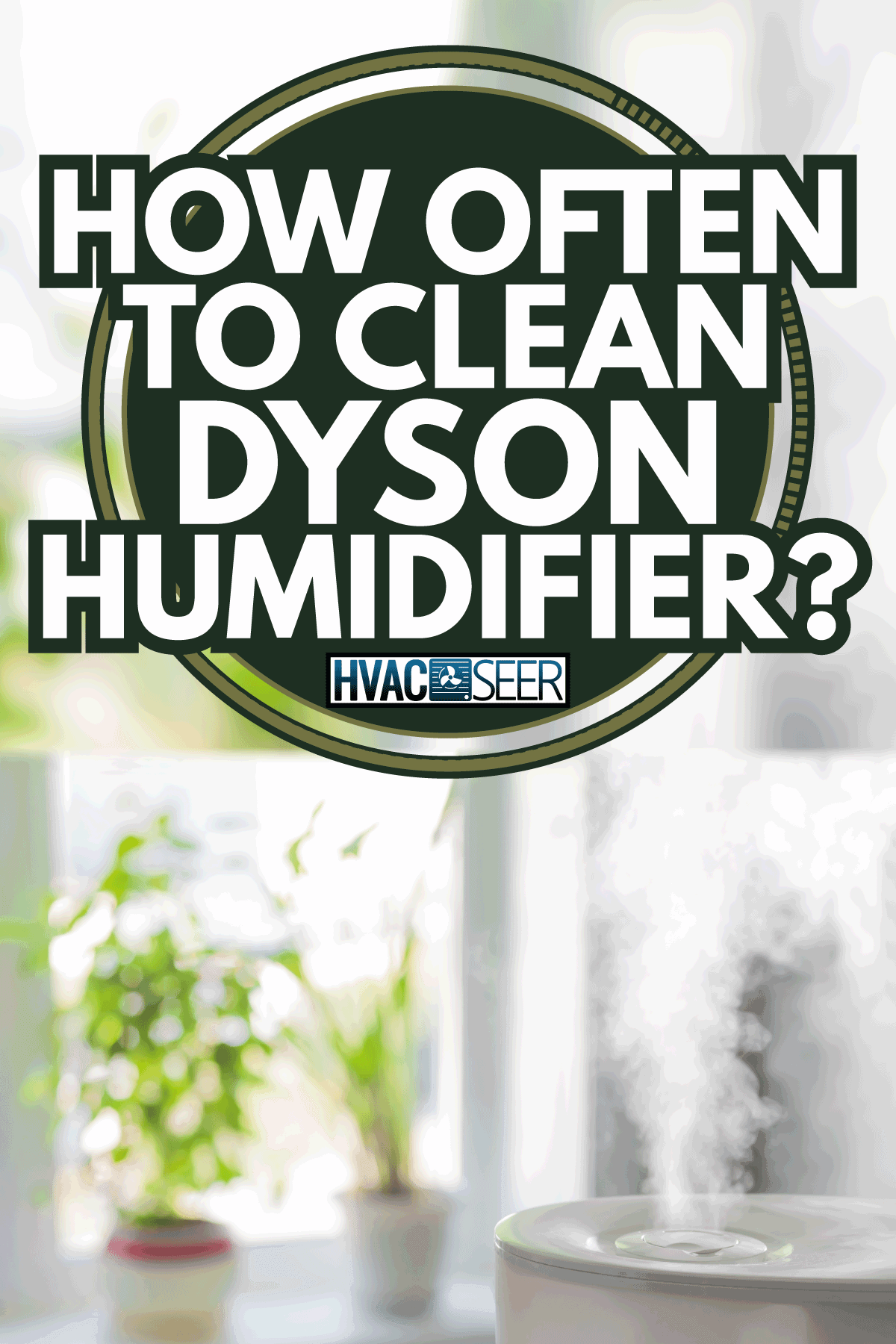
What Happens If You Don't Clean Your Dyson Humidifier Regularly?
Any humidifier or home appliance that is left uncleaned for many weeks will harbor bacteria, fungi, and pathogens. A portable or large console humidifier can emit this alongside the mist. Once breathed, they can cause asthma, skin irritation, sore throat, and other respiratory problems.
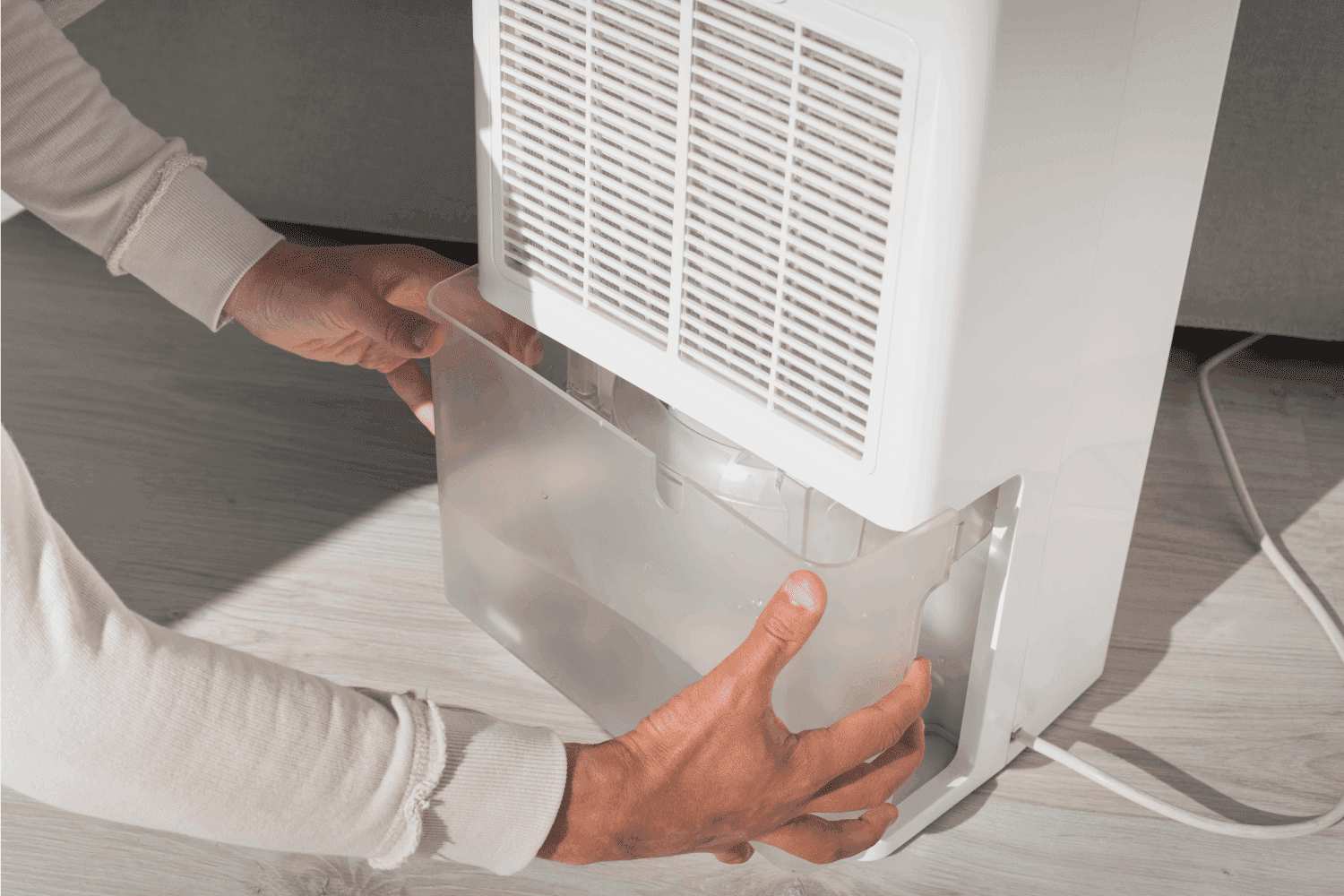
Is It Easy To Clean A Dyson Humidifier?
The complicated periodic maintenance of the previous version of the Dyson humidifier was a huge drawback and made the competitors’ products more appealing. Thanks to the tiny opening and bizarre internal component arrangement!
As a direct response to the loophole, Dyson made the new version almost effortless to clean! It comes with an easy-to-remove water tank, filter, and evaporator. Also, it comes with packets of citric acid powder. All you need to do is soak the parts in the solution, rinse, dry off, and reassemble!
The monthly deep-cleaning saves you time and effort. A Dyson humidifier features a smart self-cleaning button that does all the work in one go.
What Are The Best Solutions To Clean A Dyson Humidifier?
Cold water alone isn’t effective at removing stubborn dirt build-ups on the Dyson purifier. With the following solutions, you can create a homemade cleaner:
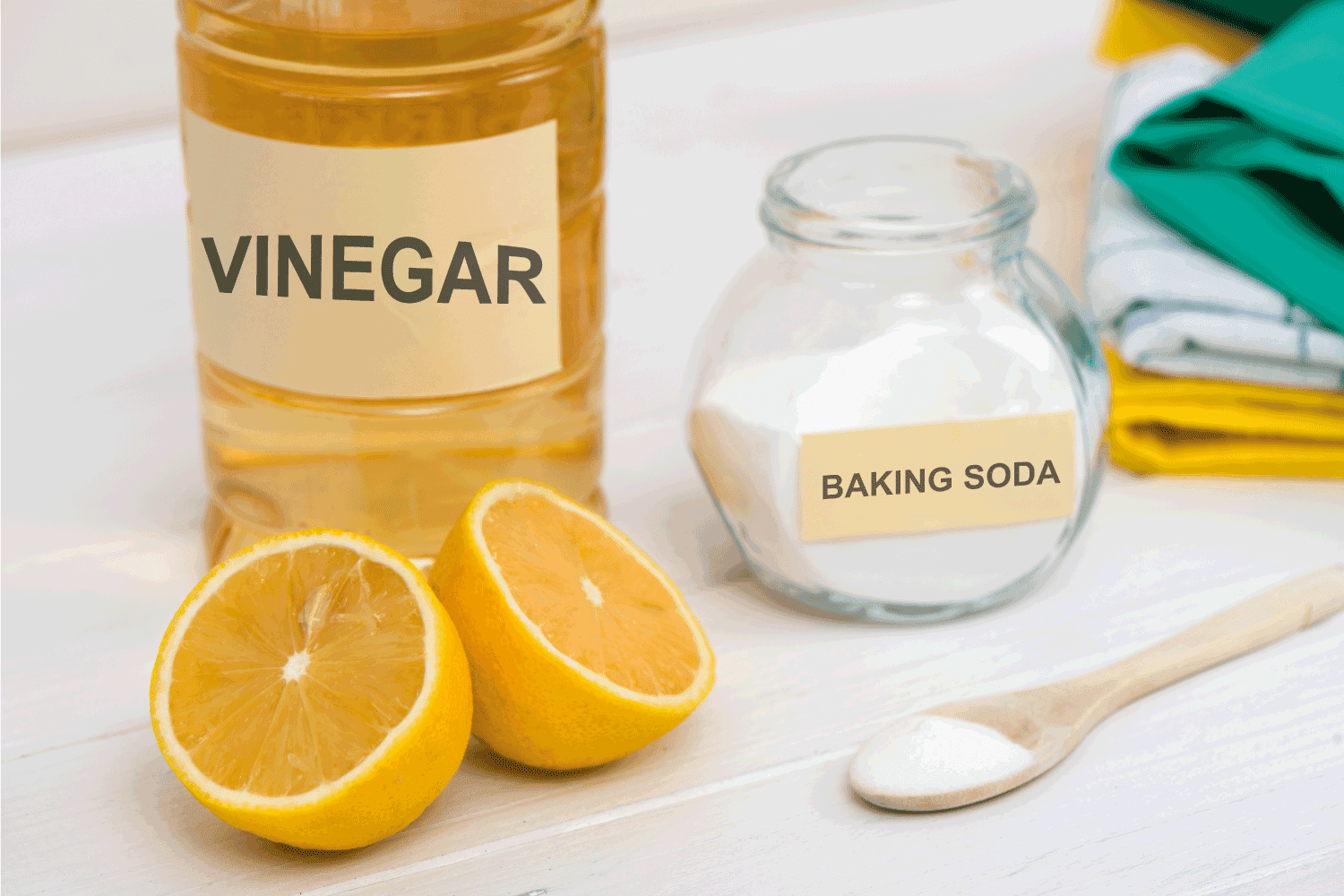
Distilled White Vinegar
Prepare distilled white vinegar by measuring two cups of this solution. It can wipe out residue build-up on the base tank in one swish. Furthermore, it fights off spores.
Citric Acid
Citric acid destroys the cell membrane of bacteria, inhibiting their rapid increase. Mix two tablespoons of citric acid powder with cold water, and you're all set!
Bleach
Bleach is a strong cleaning agent that loosens and discards mineral deposits without a trace. Just add 1-teaspoon of chlorine bleach per gallon of water.
Baking Soda
Baking soda consists of an alkali that, when combined with water, releases carbon dioxide that washes off slime and scaling on the reservoir.
How To Clean A Dyson Pure Humidify + Cool?
Here are the step-by-step instructions for cleaning Dyson Humidifier:
1. Remove The cover And Water Tank
Press the cover release button to take it off; the inner door pops open. Set aside the outer cover. Release the water tank, just press down the button located on the side of your device. Slide it out, then unfasten the cap.
2. Take The Evaporator Out
Take the evaporator out, replace the cap, and carry the water tank to the tap. Remove the cap and the evaporator. Keep the cap away from water as it has power supply wirings that can’t get wet.
3. Clean The Water Tank And Evaporator
Fill the water tank halfway with cold water. Add your preferred solution, put the cap back on, then give it a shake.
Re-open the cap and place the evaporator in the water tank. Fill the water to the 'Max' level, replace the cap, then let it sit for 15 to 20 minutes.
4. Drain And Rinse The Water Tank And Evaporator
Drain the water from the tank. Take out, then rinse both parts under running water. Dry them with a lint-free cloth to remove any residue. Let the evaporator sit until it’s completely dry. While waiting, fill the water tank with cold water to the 'Max' demarcation level, then close the cap firmly.
5. Reassemble
Once dried up, replace the evaporator in the machine. Close the inner cover. Slide the water tank back in. Make sure it clicks in place. Replace the outer cover.
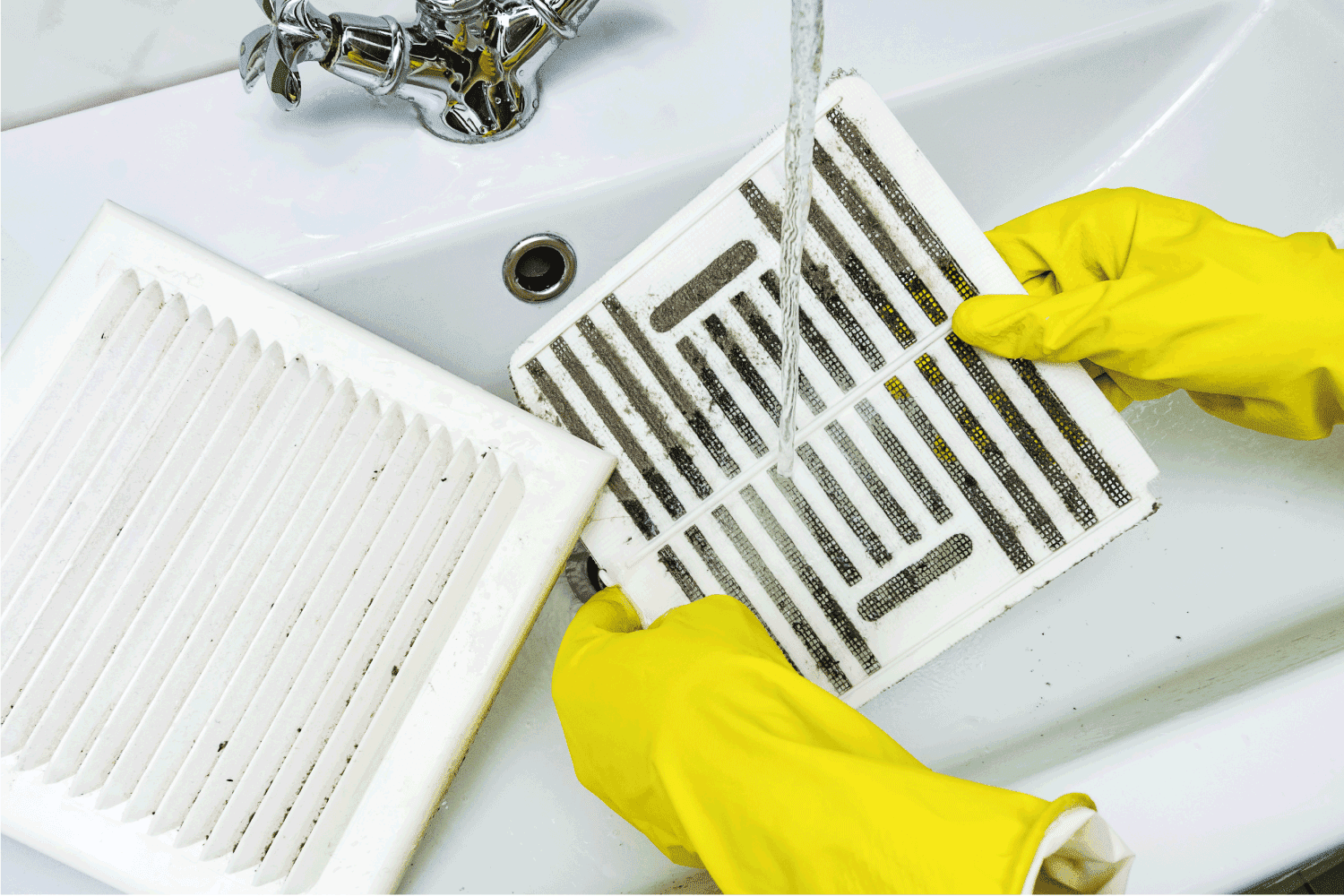
How To Deep Clean Your Dyson Humidifier?
The Dyson humidifier deep-clean button will blink once it’s due. Follow steps one to three above. But you will need 150 mg of citric acid powder this time. Instead of letting it sit for 30 minutes, put the evaporator and water tank with the cleaning solution back into the machine. When prompted, press the deep clean button on the device.
The deep clean cycle will begin, and the screen will show how long it takes. Once the process is finished, proceed to steps four and five.
Can I Wash Dyson Humidifier Filter?
A Dyson humidifier may come with one or multiple filters, depending on the model. To maximize their efficiency, they also need to be cleaned periodically. See instructions below:
- Rinse and gently squeeze it under cold water. Avoid using any type of detergent. Use only plain water.
- Let it dry for 24 hours. Avoid drying it with any heating tools as that may damage it.
- Once dry, put it back in.
How Often To Replace Dyson Humidifier Filter?
Dyson highly recommends a filter replacement every 12 months. That’s the typical lifespan of any filter. A clogged filter causes an unpleasant odor in the house and also makes the humidifier work harder, shortening its life span. A Dyson filter costs anywhere between $70 to $80.
Can Mold Grow In A Dyson Humidifier?
Any humidifier makes an ideal breeding ground for mold and mildew because spores thrive in a damp environment. They get mixed in the air and spread across your house. Over time, they cause infections.
How To Prevent Mold In Your Dyson Humidifier?
Try these solutions that leave no space for mold on your machine:
Tea Tree Oil
This is a natural disinfectant that contains anti-viral, anti-fungal, and antibacterial properties. It prevents mold and other pollutants.
Humidifier Capsules
They are specifically designed to combat mold and mildew in the reservoir. One capsule lasts for 45 days.
Check out this product on Amazon.
Hydrogen Peroxide
This remains the most economical antifungal agent that inhibits the growth of a wide range of microbes. You just mix a couple of drops with water.
White Dust In A Dyson Humifidier: Should You Be Concerned About It?
White dust is the by-product of mineral deposits that gets mixed up in the mist. They attach to your furniture, clothes, and home appliances. Dyson recommends the use of distilled water to prevent this. However, that can be expensive as the water must be replaced daily.
Ways To Maintain Your Humidifier
By following these tips to maximize the efficiency and life expectancy of the Dyson humidifier.
Soften The Water
This is the solution to the problem above. It’s hard water that often contains mineral deposits such as calcium and magnesium. They clog the filter, hence, it works harder. The result? Poor performance and shorter life expectancy.
But you don’t necessarily have to use distilled water, try these simple and relatively cheap solutions instead:
- Boil the hard water. As it cools, the mineral deposits dissolve. Pour in the water tank.
- Use a water softener. They are made to eliminate chemicals that make water hard.
- Use demineralization cartridge. Place it at the bottom of the tank. They filter small and large particles so the mist comes out without impurities.
Check out this product on Amazon.
Change The Water Every day
Don't let the water sit in the tank for more than two or three days. In less than 72 hours, it can harbor spores and microorganisms. If you will be out of the house for a few days, drain the water from the tank first.
Don’t Overstress Your Humidifier And Set It At The Right Level
Run your humidifier only when the indoor air quality is bad. Leaving it on 24 hours can damage the filter. Fortunately, a Dyson humidifier has an auto-mode feature that only activates the device when there are pollutants, smoke, and pathogens present in the air. In other words, it only turns on when necessary.
Remember to set the right humidity level, too. Between 30% to 50% is the recommended setting during the winter, while it’s 50% when the humidity level is high. Setting at 60% can already make your home uncomfortable and susceptible to mold.
Hydrate Your Humidifier Filter
If you have a top-filled humidifier, the filter stays in a standing position. This leaves some parts of it dried out. If neglected, it can lead to wear and untimely replacement. Make it a habit to turn the filter over when you change the water to keep the top portion hydrated.
Can You Reuse Humidifier Water?
Making the most of water conserves resources and the ecosystem. You can reuse the humidifier water on your indoor and outdoor plants but not on the edible ones. This is due to the risks of microorganisms and aluminum and copper contamination.
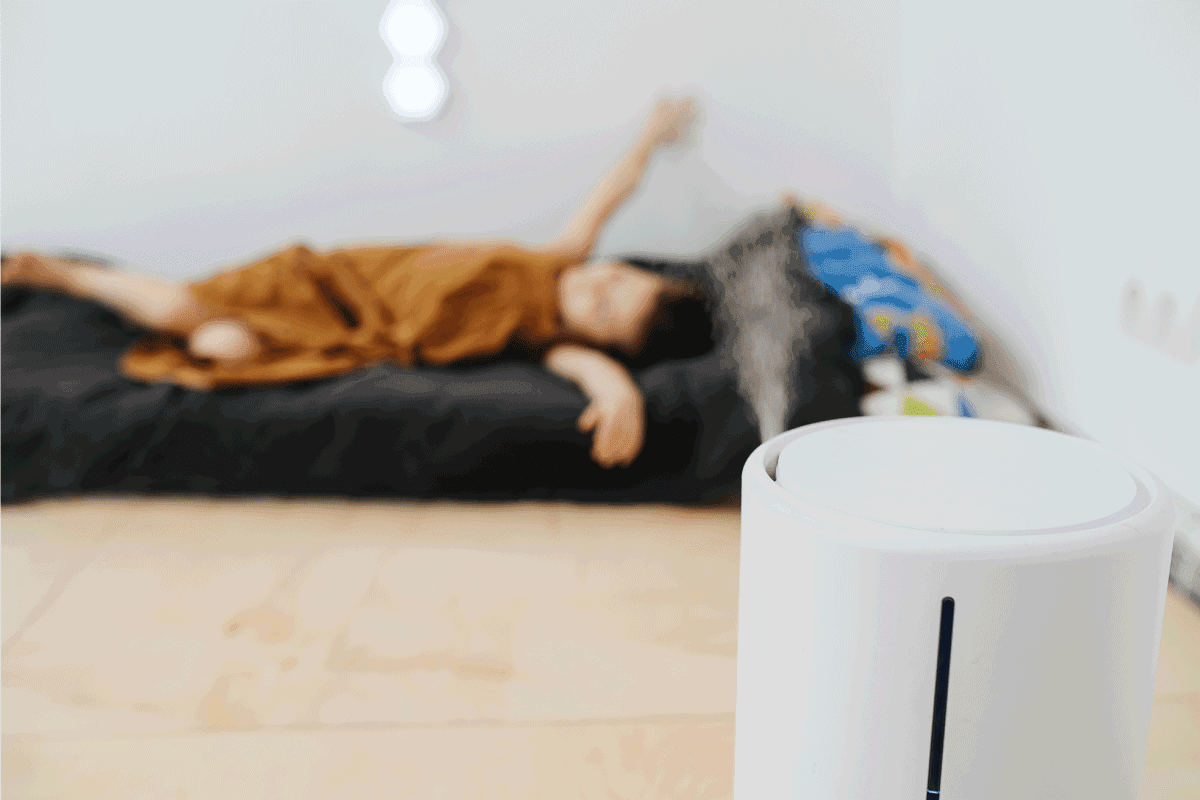
Conclusion
A Dyson purifier can get dirty and clogged by particles that settle at the tank and filter. Cleaning it once a week and deep-cleaning monthly isn't just an option, it’s a must. That keeps your device germ-free and extends its lifespan.


